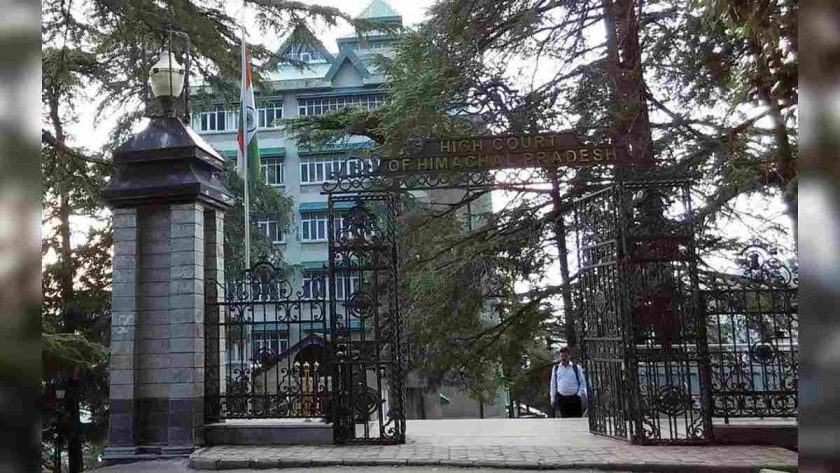Court assessments must be in a language that can be understood not only by lawyers but also citizens who are approaching the court: Supreme Court
The judgment given by the Himachal Pradesh High Court forced the Supreme Court to conduct several observations related to the aim of the Written Assessments in Court (Indian state bank v. Ajay Kumar Sood).

Citizens who are approaching the court for relief.
The purpose of the judgments were, the supreme court said on March 12, is to convey the basis and the reason for its decision is not only to lawyers but also to citizens who are approaching the court for relief.
Purpose of writing a judgment is to communicate the basis of decisions not only to bar members
The assessments written in language that cannot be understood is detrimental to the cause of ensuring that justice can be accessed and can be understood by all, Judge Dy Chandrachud and Mr.Shah said.

“The purpose of writing a judgment is to communicate the basis of decisions not only to bar members, which arise in this case and to others to whom it functions as a precedent but above all, to give meaning to citizens who are approaching the court to pursue their solutions based on law. High Court Orders As in this case do dis-services with the causes of ensuring justice that can be accessed and understandable for citizens, “the Supreme Court said.
Central Government Industry Tribunal (CGIT)
The Himachal Pradesh High Court, in its order on November 27, 2020, has confirmed the command of the Central Government Industry Tribunal (CGIT).
CGIT, when it came to the conclusion that the first allegations of violations of respondents were proven, disrupting the dismissal sentence only on the grounds that it was hard and disproportionate with violations. Therefore, the penalty for dismissal is modified with mandatory retirement.
High court judgment emerged before the Supreme Court

When appealing to the high court judgment emerged before the Supreme Court, the top yesterday observed that the High Court had written the assessments that stretched more than eighteen pages but the same “unfavorable”.
Petition submitted by the applicant based on Article 226 of the Constitution
“The reason stipulated in the assessments of the High Court Division bench on November 27, 2020, dismissing the petition submitted by the applicant based on Article 226 of the Constitution, a range of more than eighteen pages but cannot be understood,” the Supreme Court said in his judgment.
Then proceed to extract the relevant parts of the judgment given by the High Court that cannot be described.
However, the Apex Court said that since the High Court has confirmed the CGIT award, the Top Court has been able to come to an understanding of the basic facts of the CGIT sequence.
CGIT Award
“From the court record, more specifically the CGIT award, he emerged that despite serious allegations of violations were held to be established against respondents, has been disturbed and the High Court has rejected the petition based on article 226,” the Supreme Court said.
Findings of Proof
Prima Facie, in our view, serious actions of violations of stands set from the findings of proof are contained in paragraph 16 and 17 CGIT award, he added.
Coercion steps to be taken against the applicant based on the CGIT award
The Supreme Court, therefore, issued a notification and also ordered that there were no coercion steps to be taken against the applicant based on the CGIT award on July 9, 2019.
Convoluted English used in the assessments
In April 2017, the Supreme Court bench from Judge Madan Lurch and Deepak Gupta had set aside the assessments of the Himachal Pradesh High Court because of convoluted English used in the assessments.
Problem returning to the High Court to reorganize the assessments
We must set it aside because someone cannot understand this, “The Supreme Court has said when he found the problem returning to the High Court to reorganize the assessments.
60 pages to write orders to return to the first appellate court
In another example, the justice bench Sapre and Indu Malhotra Supreme Court in December 2018, took an exception with the fact that the Himachal Pradesh High Court had devoted 60 pages to write orders to return to the first appellate court.

